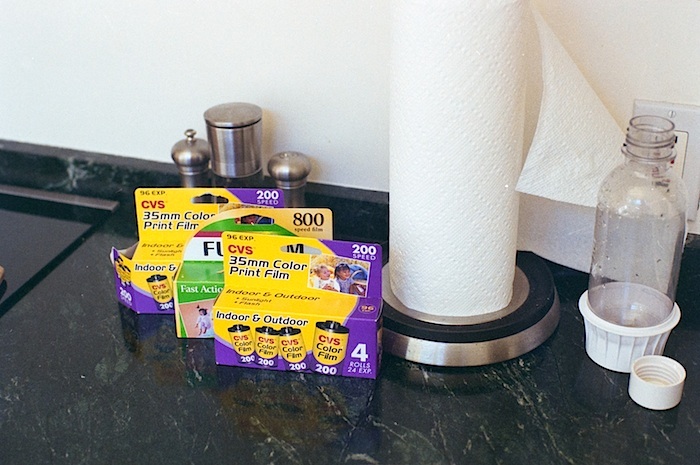Phil_F_NM
Camera hacker
A couple years ago I used this technique to shoot long exposures of darkened alleyways in Philadelphia, Pennsylvania. I used a 4x5 Speed Graphic on a tripod for the project called Overlooked. I wanted to study the different color temperatures that exist around us at night but we usually pay little attention to.
After I got the negs back, I set them on a light table, took out the bulb and illuminated the translucent glass with an SB-26. I used my M8 and DR Summicron as the "scanner" and the results were outstanding.
It is this project and that fact that I am always traveling and shooting, that has me wanting a portable, lens-mounted film holder for scanning my images using my DSLR.
Once I source the neg carrier, I'll be posting the DIY steps here.
Phil Forrest
After I got the negs back, I set them on a light table, took out the bulb and illuminated the translucent glass with an SB-26. I used my M8 and DR Summicron as the "scanner" and the results were outstanding.
It is this project and that fact that I am always traveling and shooting, that has me wanting a portable, lens-mounted film holder for scanning my images using my DSLR.
Once I source the neg carrier, I'll be posting the DIY steps here.
Phil Forrest


